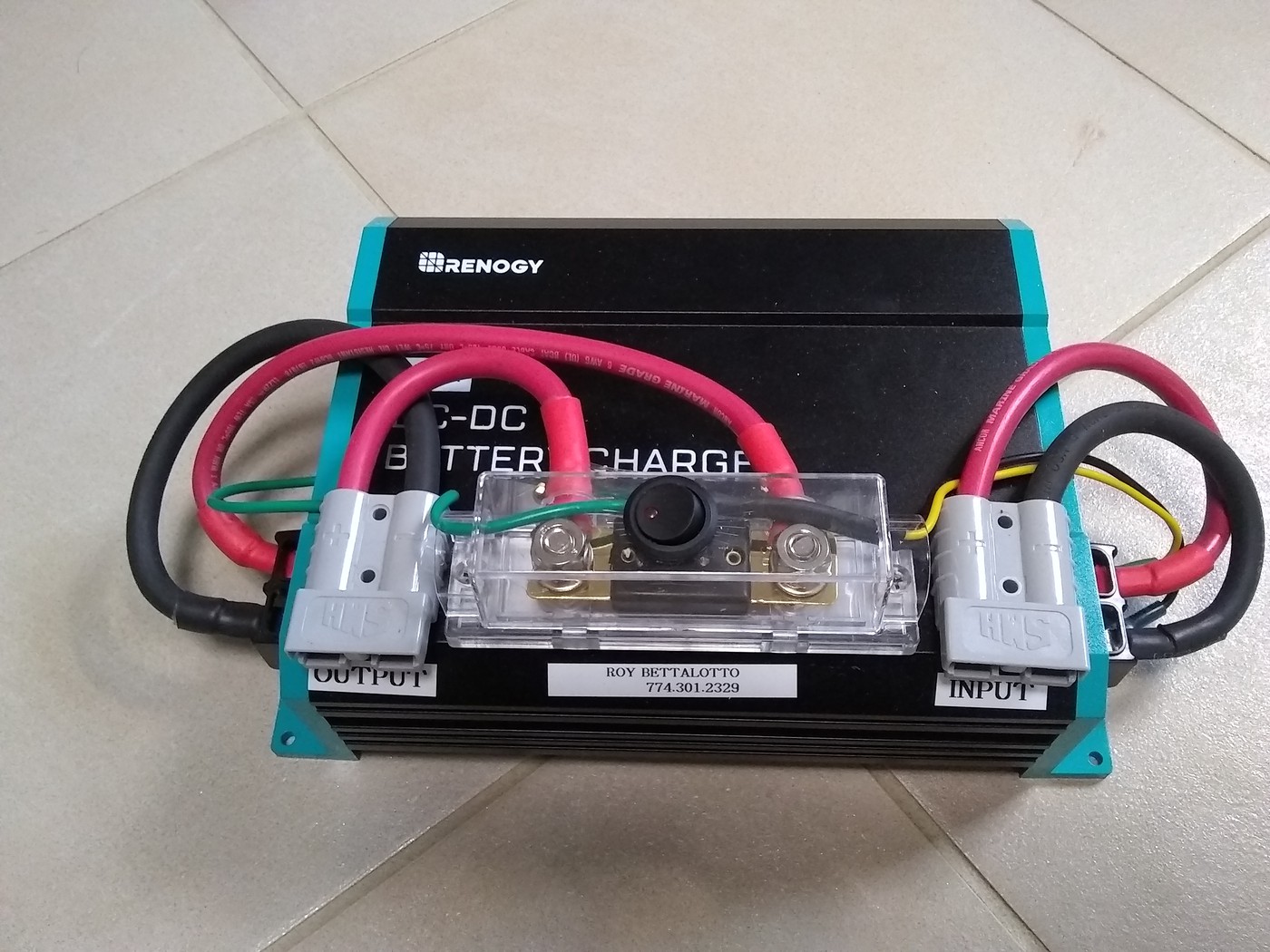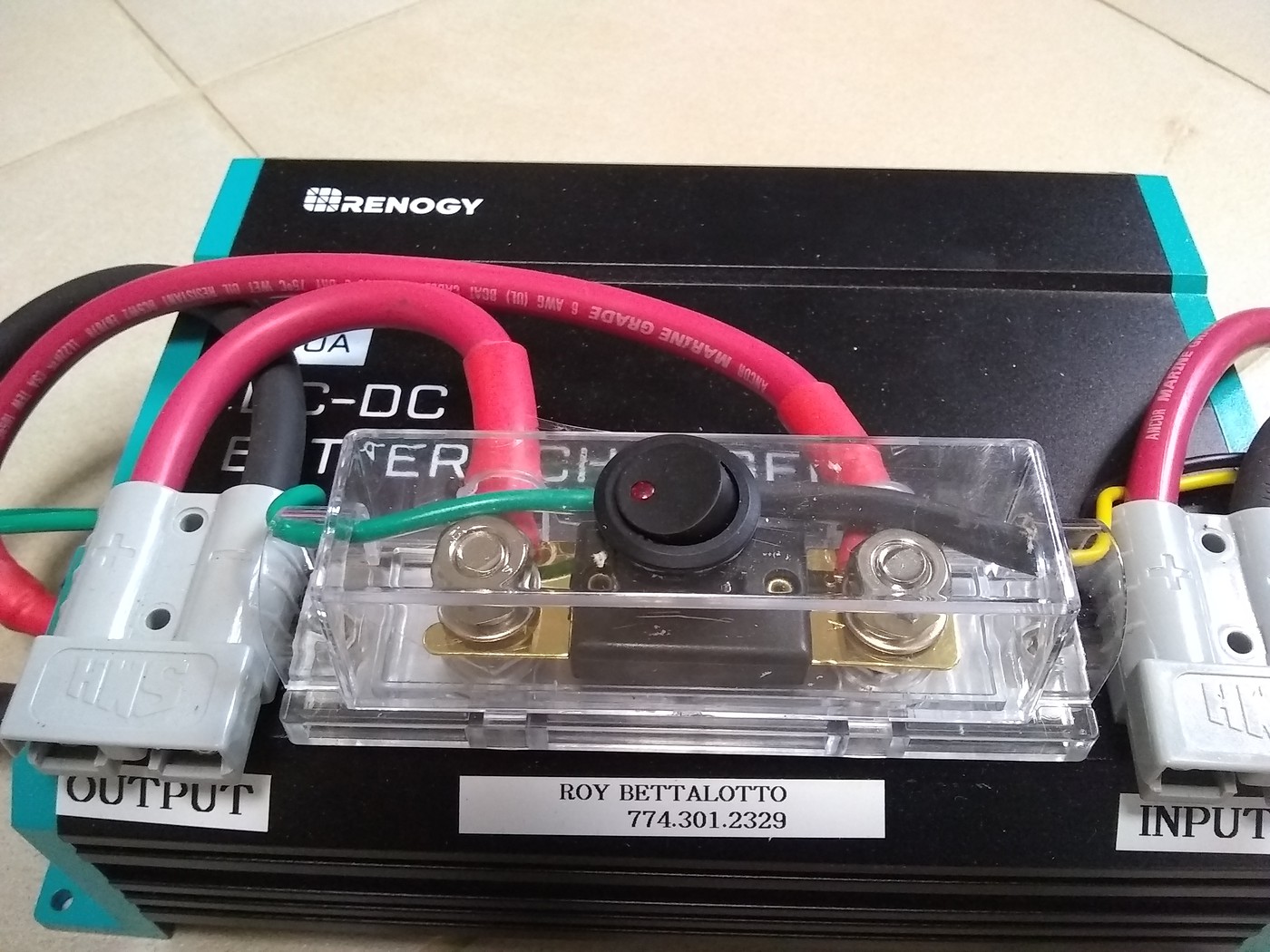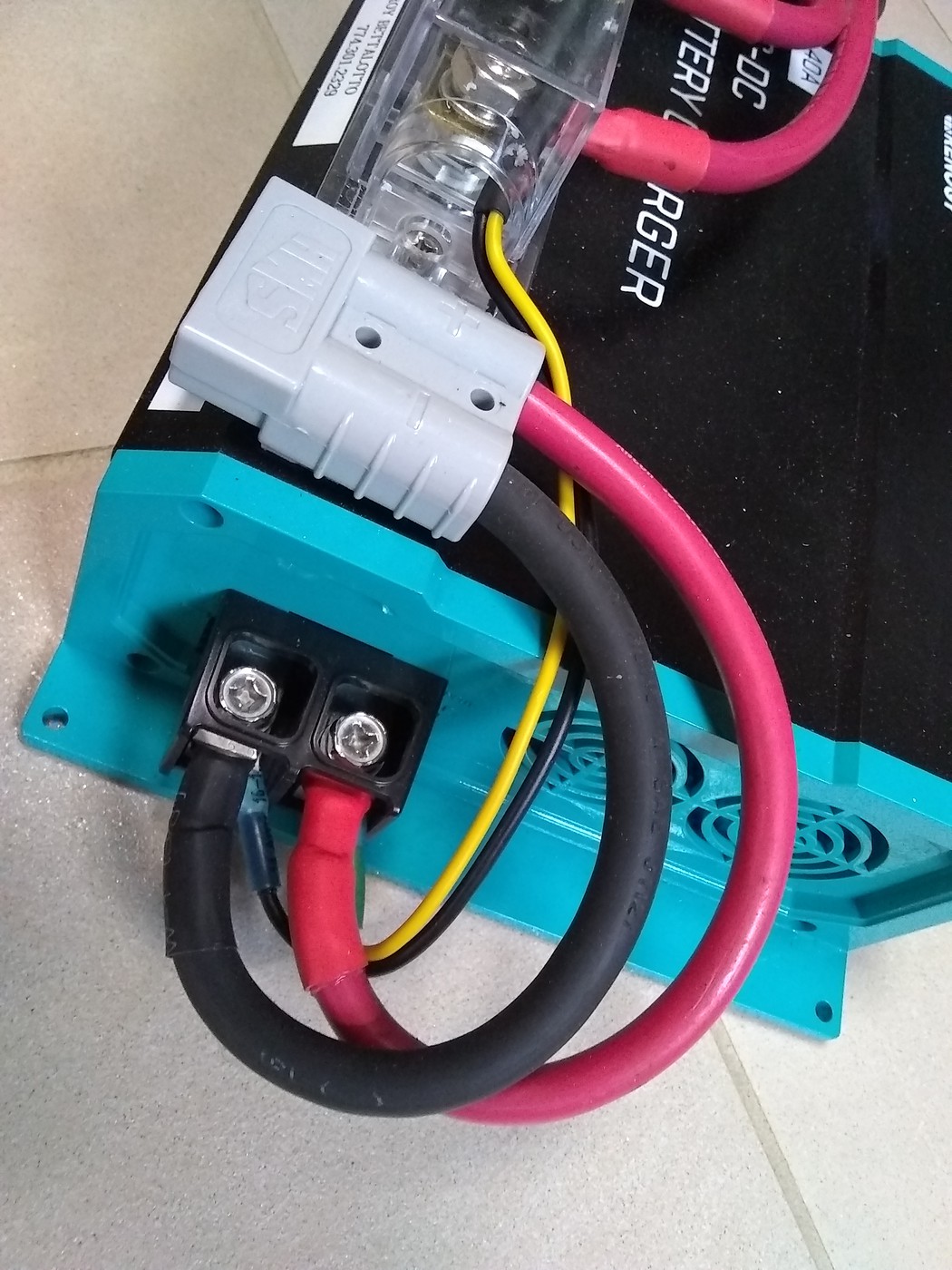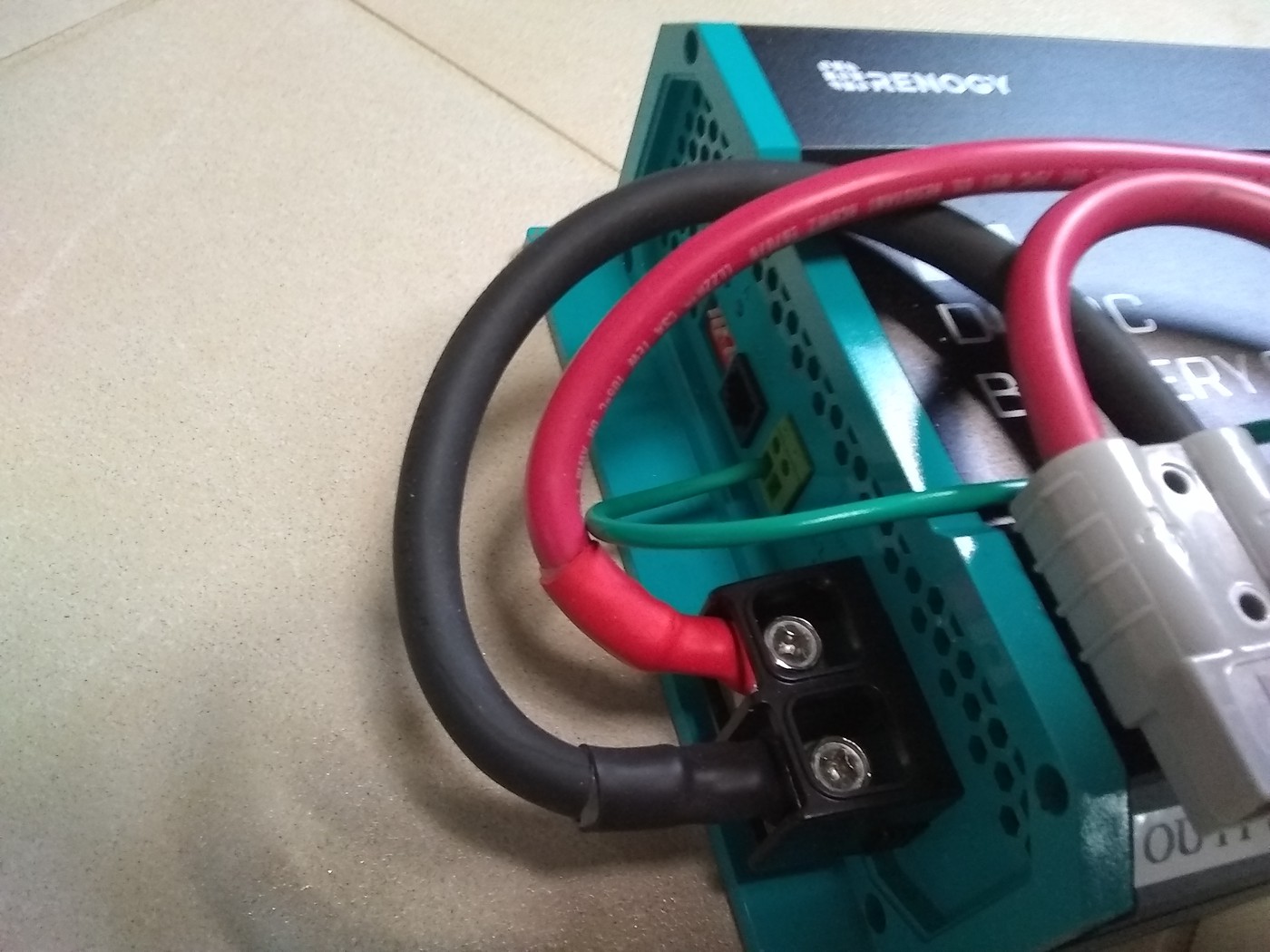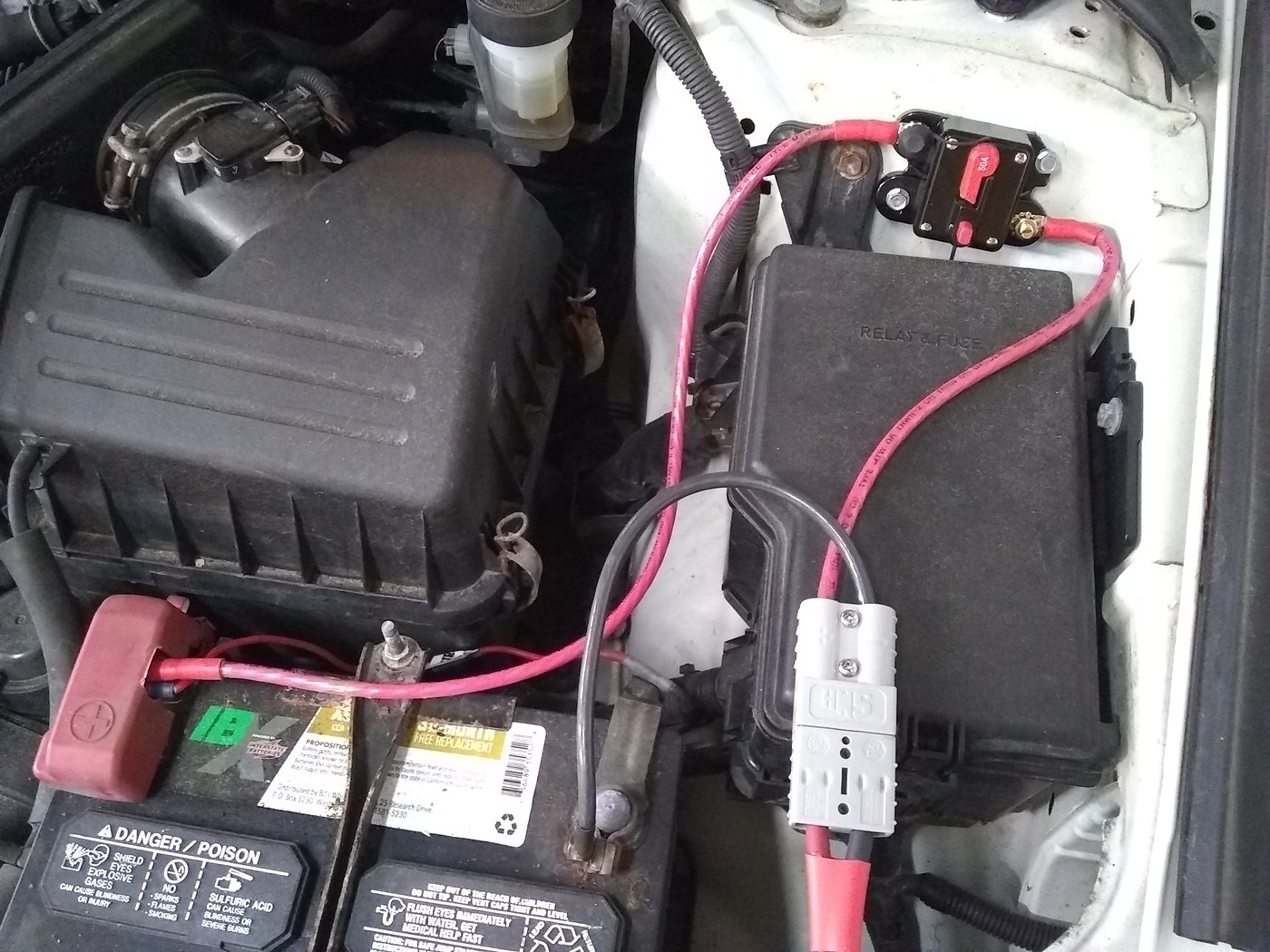CJM1973
Nov 05, 2019Explorer
Tow Vehicle Battery and Alternator
My trucks alternator is rated at 150 amps. Its starting battery is your typical 600 CCA AC Delco variety.
My goal is to increase charging capability through the 7 pin pigtail connector near the hitch. Is this possible via a larger TV battery or alternator? I recently upgraded from 1 group 24 battery in the TT to 2 GC2 6 volts in series. Current setup doesn't provide much charging when underway, even after 5-6 hours of driving.
I know I can install a DC to DC charger in the trailer. I'd have to run a dedicated line from under the hood to the front passthrough storage compartment of the trailer. Just wondering if there was an easier route.
Don't want to invest in solar as I wont utilize it much. An 8 week to Alaska next summer is really what I'm planning for. Otherwise, we rarely boondock. It would be nice to drive for 4-5 hours and have a "topped-off" battery bank for each leg of the trip.
Any suggestions?
My goal is to increase charging capability through the 7 pin pigtail connector near the hitch. Is this possible via a larger TV battery or alternator? I recently upgraded from 1 group 24 battery in the TT to 2 GC2 6 volts in series. Current setup doesn't provide much charging when underway, even after 5-6 hours of driving.
I know I can install a DC to DC charger in the trailer. I'd have to run a dedicated line from under the hood to the front passthrough storage compartment of the trailer. Just wondering if there was an easier route.
Don't want to invest in solar as I wont utilize it much. An 8 week to Alaska next summer is really what I'm planning for. Otherwise, we rarely boondock. It would be nice to drive for 4-5 hours and have a "topped-off" battery bank for each leg of the trip.
Any suggestions?
